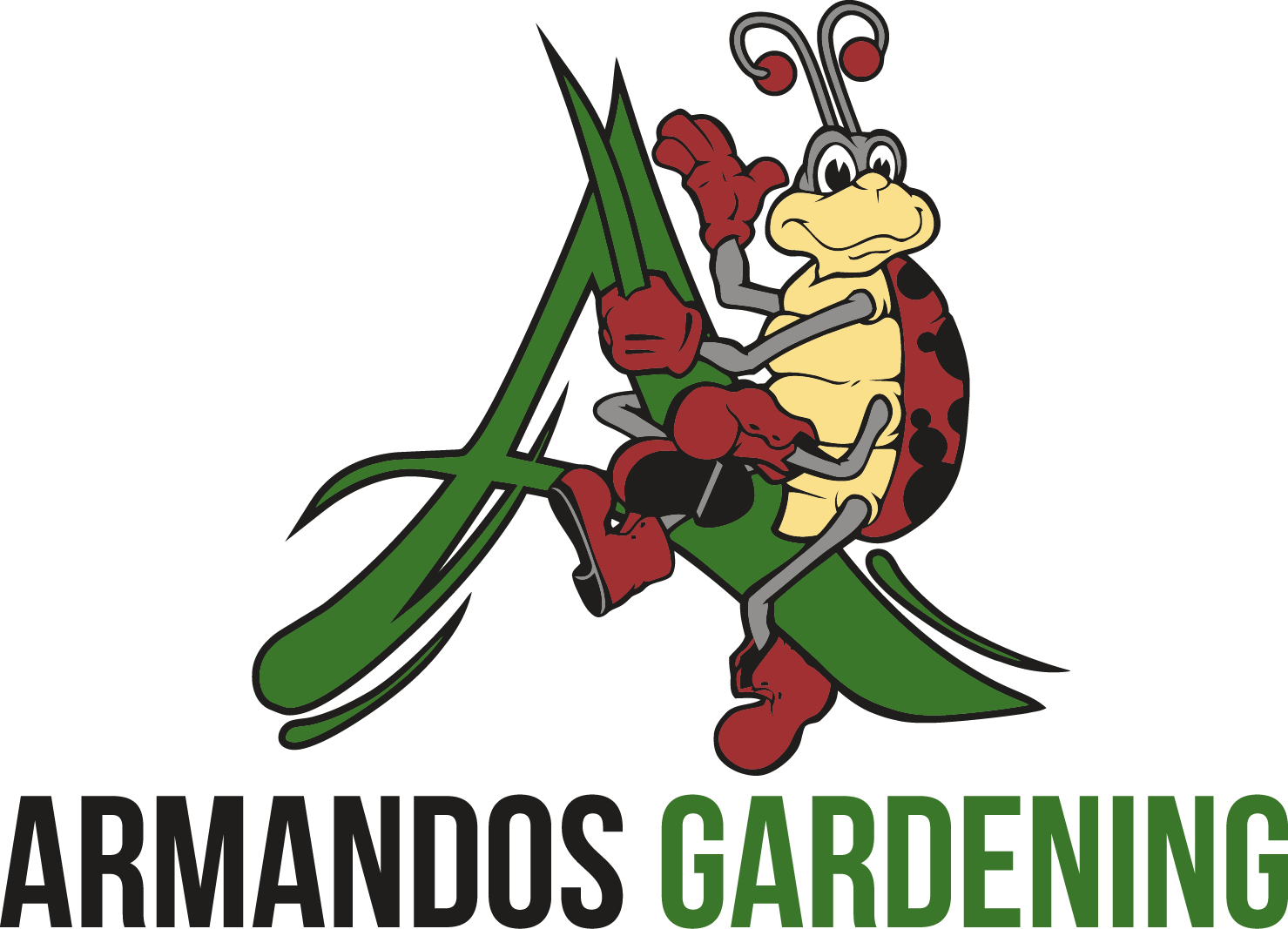Hydroponics was derived from the Greek word hydro, which means "water" and ponos, which means "labor or water-working". Hydroponics gardening involves growing plants with their roots in other nutrient solutions and without soil.
Hydroponics gardening is as simple as ordinary gardening. Both of them necessitate sufficient light, water, temperature, light, and humidity. But with hydroponics, no soil is used. Instead a soil substitute holds the roots while nutrients are carried by the water. Indoor hydroponic gardening is not that hard and plants respond well to this method of growing.
This is one of the major considerations in hydroponics gardening since it sustains the plants. One has to make sure that this nutrient solution maintains a pH level of 5 to 6 after dilution. In hydroponics gardening, the plants should be watered more than three times a day. this is usually done using a pump and timer.
If your hydroponics garden is located indoors, the most suitable temperature is between 71 to 76 degrees Fahrenheit. Of course, this temperature may change depending on the different types of plant you are working on, e.g. tropical plants.
Place your plants somewhere they can receive ample amount of light. Otherwise artificial light must be used. High pressure Sodium lights or bulbs are a suitable substitute for natural light.
Humidity is good. When the room’s temperature rises, the air will be able to hold the sufficient amount of moisture your plants will need.
A hydroponics system can be fully automated. Since it is water-based, the gardener has no soil to dig or weeds to pull. Also, the water can be re-used to prevent wastage.
With hydroponics, an excellent yield of quality plants can be easily achieved. Home hydroponics systems and DIY kits are are readily available in most hardware stores.
